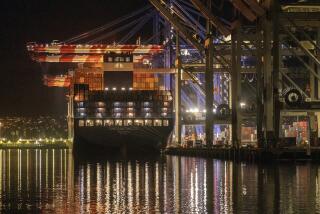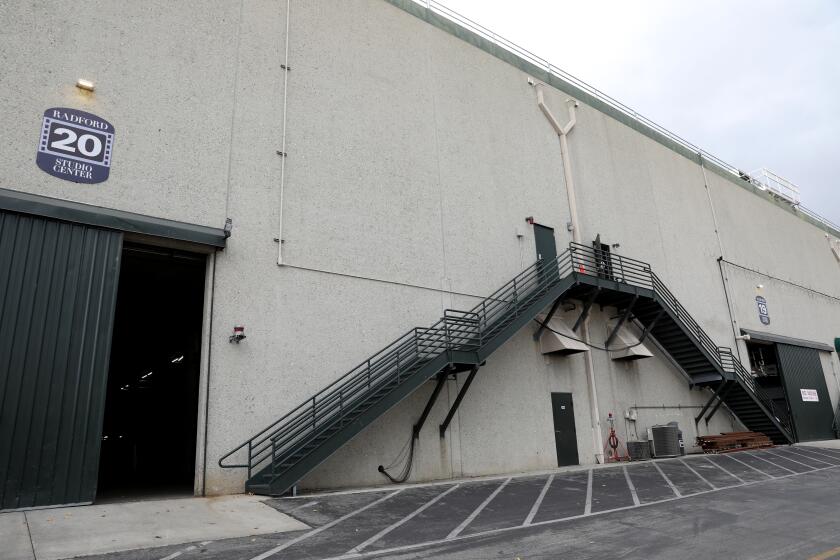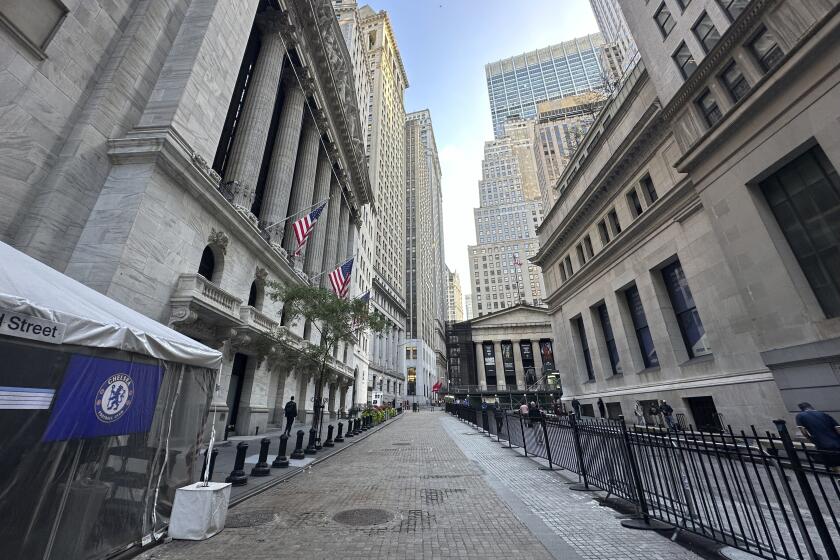SoCal seaport cargo fell in July, traffic up just 1% in 2012
Cargo numbers for the nation’s busiest seaport complex were down by 1% in July, compared to a year earlier.
The numbers reflect continued weakness in the U.S. economic recovery during a month in which retailers were moving back-to-school products and had begun to stock their inventories for the November and December holiday retail season.
The ports of Los Angeles and Long Beach, which share San Pedro Bay, are No. 1 and No. 2 in the nation, respectively, in the amount of imports and exports transported in steel cargo containers.
Together they move as many products as the next five biggest U.S. seaports combined and rank as the sixth busiest harbor in the world, in container volume.
In July, the two ports followed a now-familiar pattern for 2012, with Los Angeles showing growth (up 5.5%) and Long Beach running behind its 2011 numbers (down 8.8%). Combined, the two ports moved 1.25 million containers in July, a decline of 1% compared to the same month a year earlier.
For the first seven months of 2012, traffic at the two ports is now running just 1.1% ahead of last year’s pace, at a little under 8.1 million containers.
At least one economist had a bit of a positive spin on the July numbers and for 2012 as a whole.
John Husing, founder of the Redlands firm Economics and Politics, said that the cargo numbers this year are running at about the same level as 2006, which was the second best year for cargo before the start of the global recession.
“It’s not a lot of growth for the year, but these ports are still moving a lot of cargo containers,” Husing said.
International trade is vitally important to the Southern California region, accounting for more than half of California’s 1.1 million cargo movement jobs.
ALSO:
Bay Area housing strong in July
Home builder confidence highest in five years
More to Read
Inside the business of entertainment
The Wide Shot brings you news, analysis and insights on everything from streaming wars to production — and what it all means for the future.
You may occasionally receive promotional content from the Los Angeles Times.







